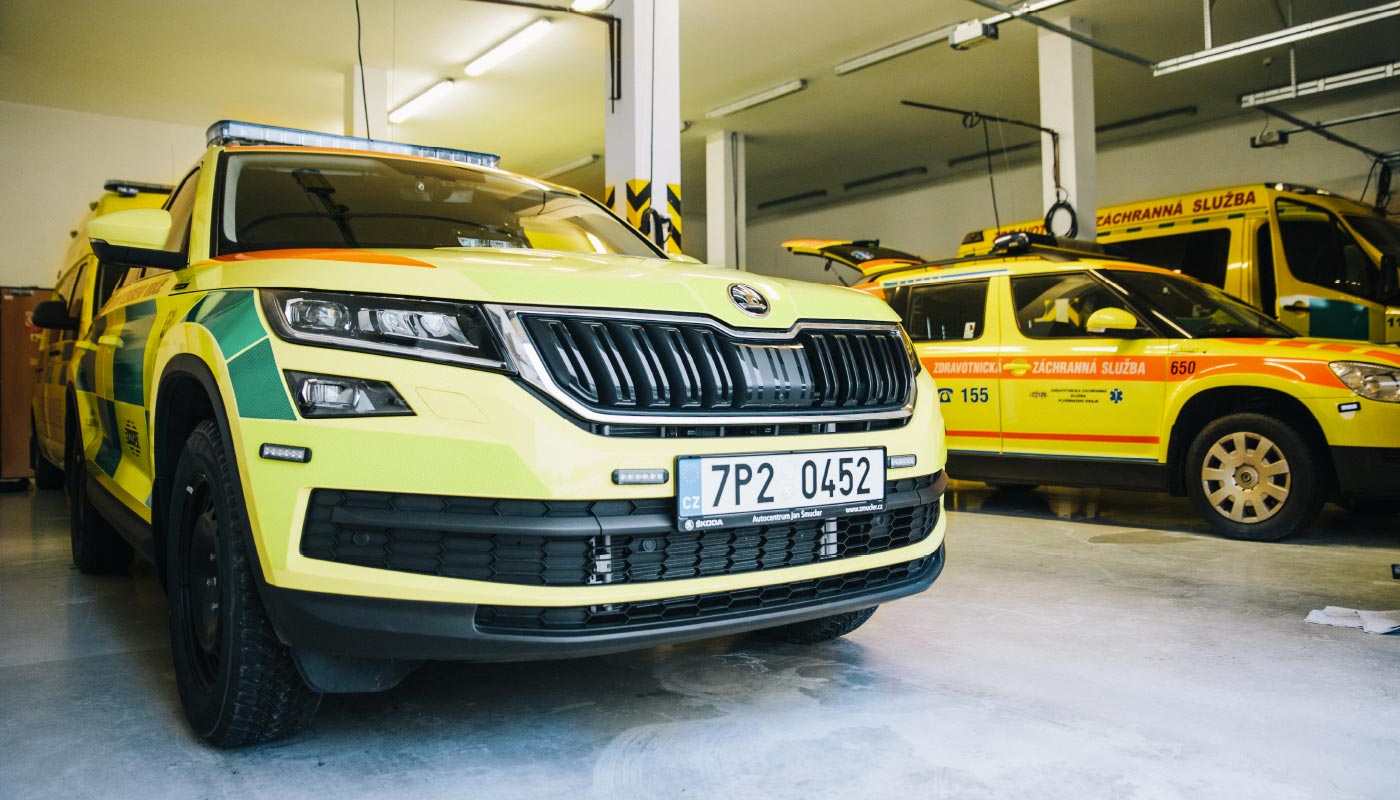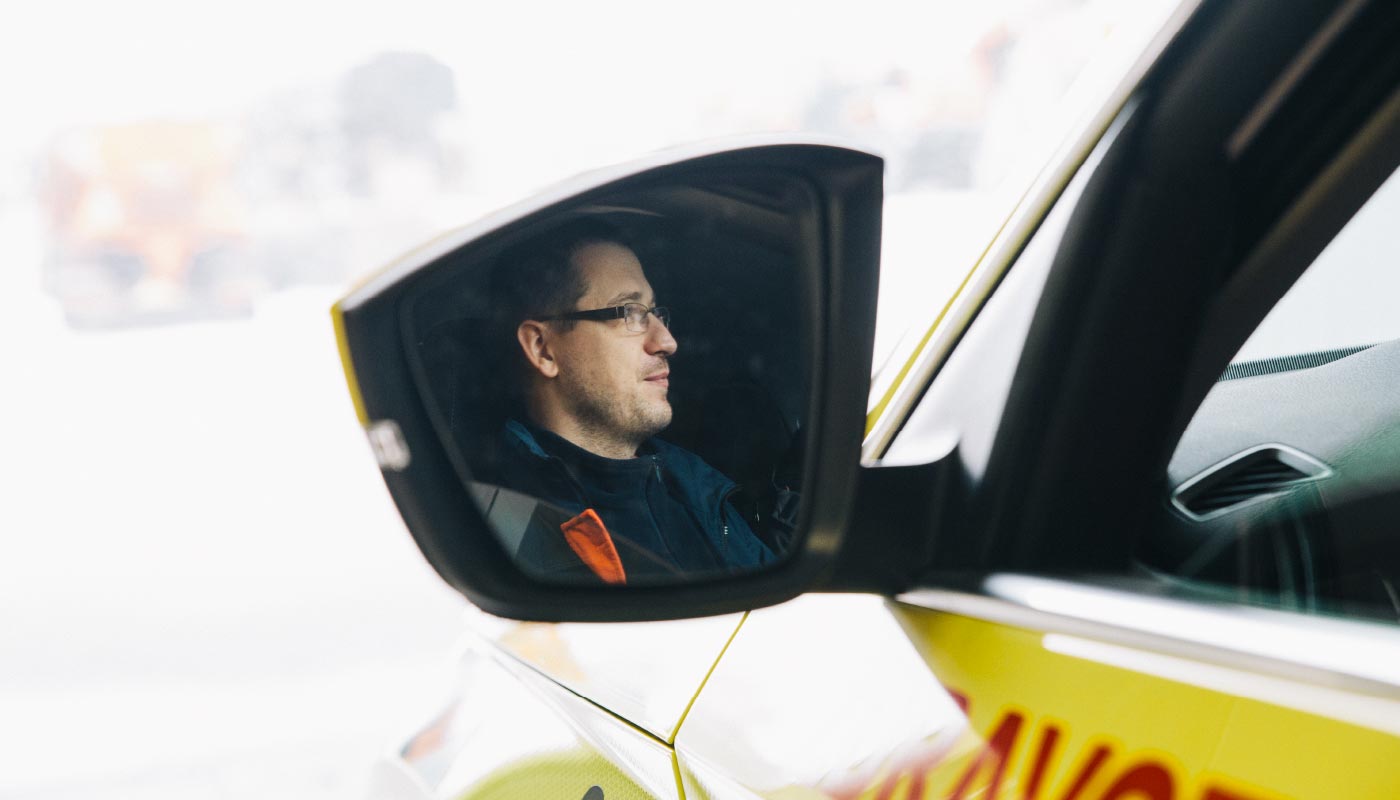1. How was your workday yesterday?
We immediately had two calls to accidents, one of which was serious. It happened just a little ways out of Tachov. The driver apparently didn’t allow for the driving conditions, hit a truck head on, and had to be revived. They were airlifted to the university hospital in Pilsen. The second accident involved a pedestrian who was hit crossing against the light.
2. What drew you to the profession of medical emergency doctor?
For me, it was my clear first choice. Actually, all through my course of study at medical school, I had an internship in emergency medicine and it didn’t occur to me to change. In short, I found my calling in emergency medicine.
3. What do you like most about emergency medicine?
One of the most important things for me is that I truly see the results of my work right away. I’m not a long-distance runner; if I would be in, for example, internal medicine specialties, I would have the feeling of gratification that I was taking care of patients with chronic illnesses in the long run. I’m perfectly satisfied with immediate results.
4. And what do you have an urge to change?
I’m really sad about young patients under the influence of alcohol and various addictive substances. One can see in this a certain development in the broader society. When I was of secondary school or university age and we would drink too much at a party, we always took care of one another. Unfortunately, these days you just don’t see that. Everyone only looks out for themselves. They leave a friend with whom they were just hanging out a few hours earlier lying somewhere and then they think it’s funny that the ambulance or police come for them and that sort of thing. It’s an experience for them to boast about on social networks.
5. How was it when you first drove a car?
My first car was a ŠKODA 110, and I realize that I wasn’t a fully responsible driver at that time. I was the usual kind of show-off who immediately thought he knew best about everything and, at the same time, still didn’t know how to anticipate plenty of driving situations. That came to me with time. And how did it make me feel? Certainly, there was a strong sense of freedom combined with a certain exhilaration as if I could go anywhere.








































